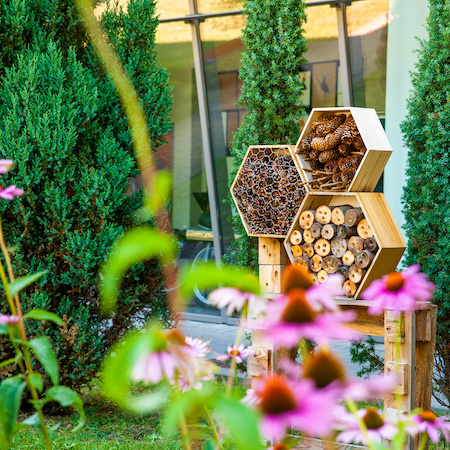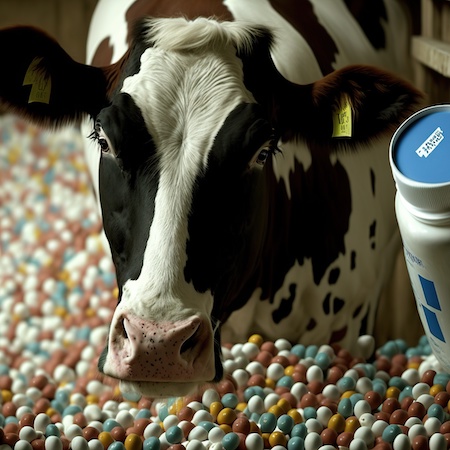Delivering the opening keynote address at this morning’s (October 18) NHS Forest Conference (Trees and Woodlands on the NHS Estate), Alexis Percival, Environmental and Sustainability Manager for Yorkshire Ambulance Service NHS Trust, laid down a gauntlet to the entire NHS estate for action on biodiversity.
Biodiversity is intrinsically linked with climate change, which is intrinsically linked with human health. Action on this was mandated in the Environment Act 2021, which requires all public authorities, including government departments or public bodies, local authorities and statutory undertakers to comply with the biodiversity duty. In terms of timeframe, the Act states that relevant organisations must have a plan in place by January 1, 2024, and be prepared to agree policies and objectives very soon after this date.
Alexis set out what she called the ‘Healthcare Biodiversity Pledge’, saying: “We need to do this and we need to do it now.”
The Healthcare Biodiversity Pledge
• Restore, regenerate, preserve
• Plant trees, plant biodiversity, grow life
• Create food security
• Reap health benefits of nature connection
• Increase biodiversity by 30% by 2030.
Why do we need to act?
Our biodiversity is in more danger now than it ever has been. We are not only in danger of superheating our world, we are losing species of plants, birds, moths, insects and other wildlife at an alarming rate. This does not just apply to the biodiversity that is above ground - our green estate - but to fresh water - or blue infrastructure - as well.
Action on biodiversity is action on climate change, and for the NHS estate it brings immense health benefits to patients, their relatives and staff too. Access to open, green space has mental health benefits, patients can be engaged with outdoor projects such as growing food, staff and relatives can escape from the indoor hospital clinical space to a more healing environment for exercise, for consultations, or simply to sit and think.
What can we do?
The green gauntlet then to every hospital estate - from the largest acute to the smallest GP surgery - is to start to take action, map out the green estate, look at what you have and start to understand where green space could be augmented or the estate could be changed to incorporate more green space. A recent example is the introduction of a roof garden at Great Ormond Street Hospital, providing a space for parents to retreat to away from the hospital corridors. Build-in biodiversity when starting new projects, with some simple ideas being adding swift boxes, bee bricks, bug hotels and bat roofs. Green walls elevate air quality, improve aesthetical appearance and help to protect and insulate buildings. Ponds are a challenge for the NHS estate, but they can be tiny and still attract wildlife. Wildflowers do not have to be in large fields - grass verges are also beneficial. No-mow May encourages the wildlife and wildflowers back in. Hedgerows and trees, both immensely important in providing habitat for wildlife, do not have to occupy a huge space, are beneficial for carbon capture and provide recreational space for hospital staff and the community to enjoy. NHS Forest is encouraging the planting of trees, and the addition of orchards provides fruit for staff and local people to pick and eat, or for use in the hospital kitchen Already, across the NHS estate, there are inspirational examples of gardens, forests, wildflower meadows and community engagement in projects to maintain those spaces, grow food and reconnect with nature.
The climate crisis, and biodiversity crisis, is a health crisis. Failure to act on this means we are destroying ourselves.












